ANU Press Archive, 1965–1991
A collaborative project undertaken by ANU Press and the ANU Digitisation Team has enabled over 500 scholarly works, originally published by The Australian National University Press between 1965–1991, to be made available to a global audience under its open-access policy.
Displaying results 426 to 450 of 537.

Oil search in Australia »

A handbook of Australian government and politics »
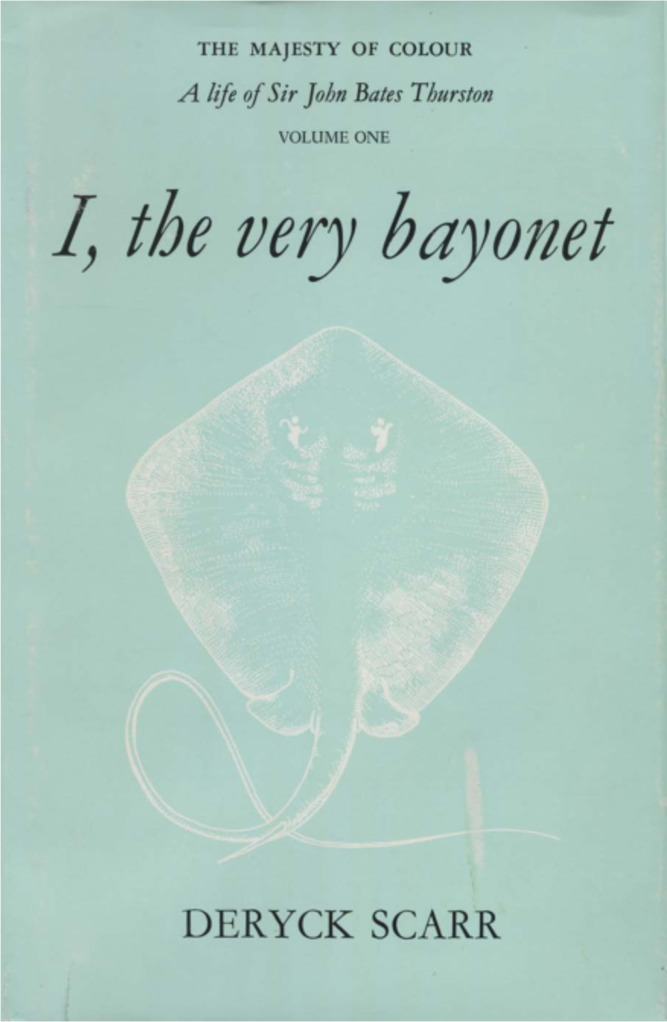
The majesty of colour: a life of Sir John Bates Thurston »
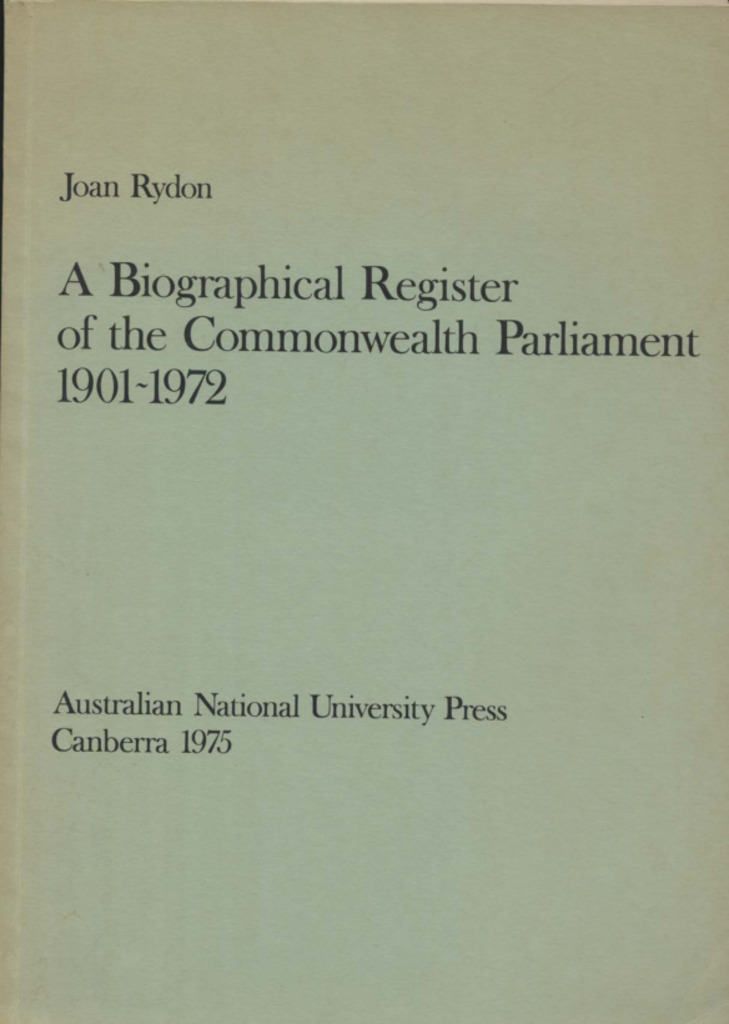
A biographical register of the Commonwealth Parliament, 1901-1972 »
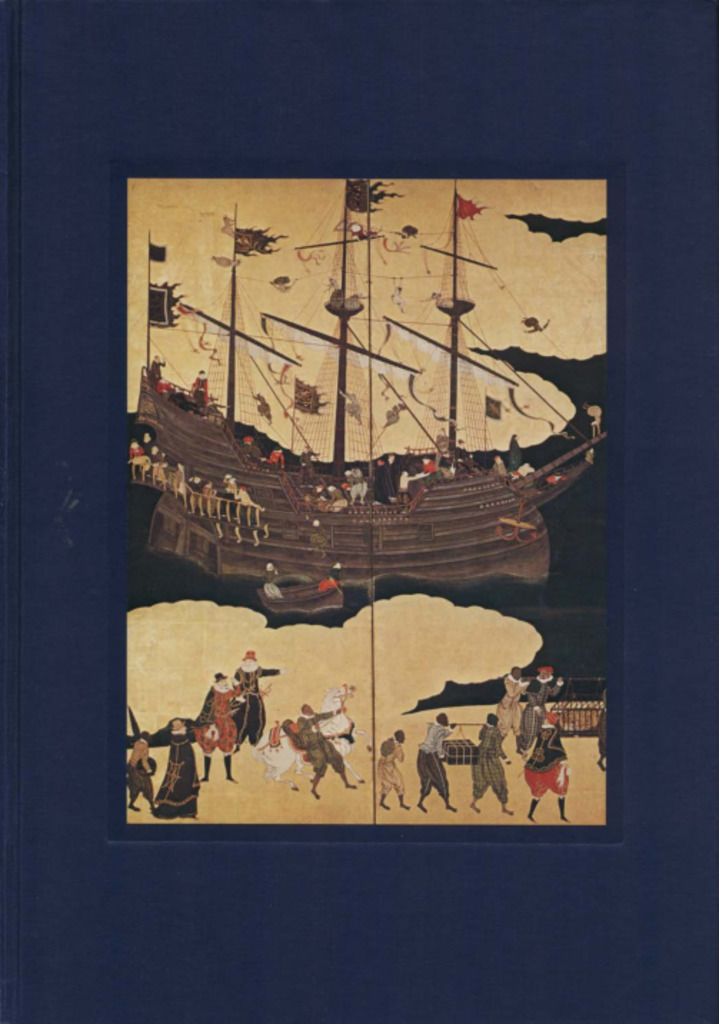
The Pacific since Magellan »

Strive to be fair: an unfinished autobiography »
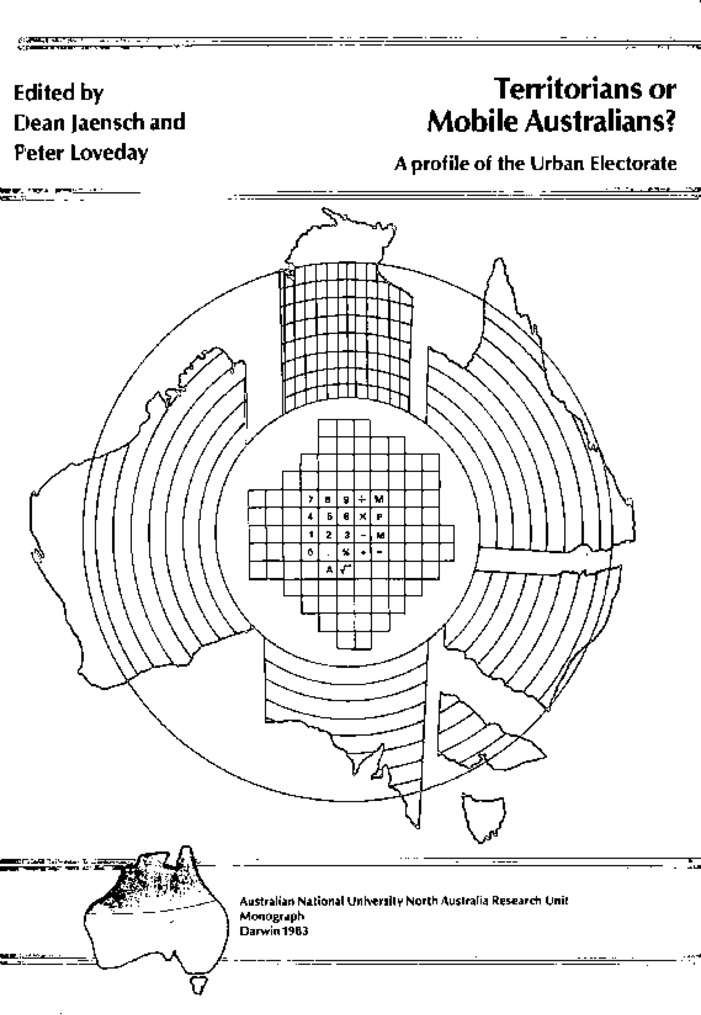
Territorians or mobile Australians? a profile of the urban electorate »

Foreign investment and industrialisation in Singapore »

Stratigraphy and palaeontology: essays in honour of Dorothy Hill »

Microwave power transmission ratio: its use in estimating electron density »

Dimensions of urban social structure: the social areas of Melbourne, Australia »

Use of the homopolar generator to power xenon discharge tubes and some associated switching problems »

Ahmedabad: a study in Indian urban history »

The early history of Korea: the historical development of the Peninsula up the the introduction of Buddhism in the Fourth Century A.D. »

Matupit: land, politics and change among the Tolai of New Britain »

Financial development in Malaya and Singapore »

Soviet agriculture since Khrushchev: an economic appraisal »

Landforms of cold climates »

Pivoted hydrostatic bearing pads for the Canberra homo-polar generator »

Instrumentation of the Australian National University 300 kilogauss experimental magnet »
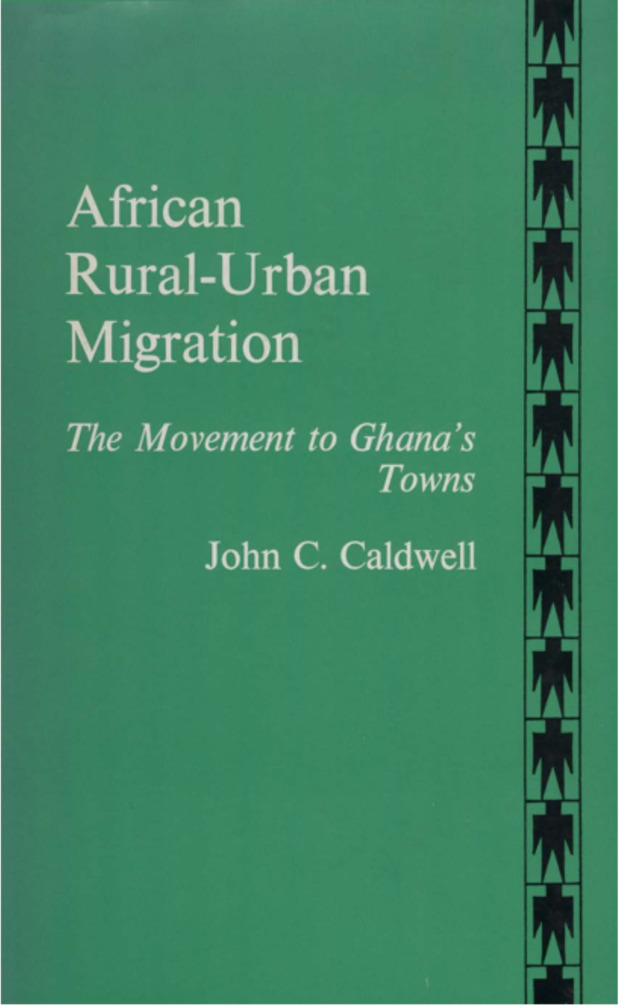
African rural-urban migration: the movement to Ghana's towns »

Opposition in a dominant-party system: a study of the Jan Sangh, the Praja Socialist Party, and the Socialist Party in Uttar Pradesh, India »

Pacific market-places: a collection of essays »

Agricultural development in Asia »




